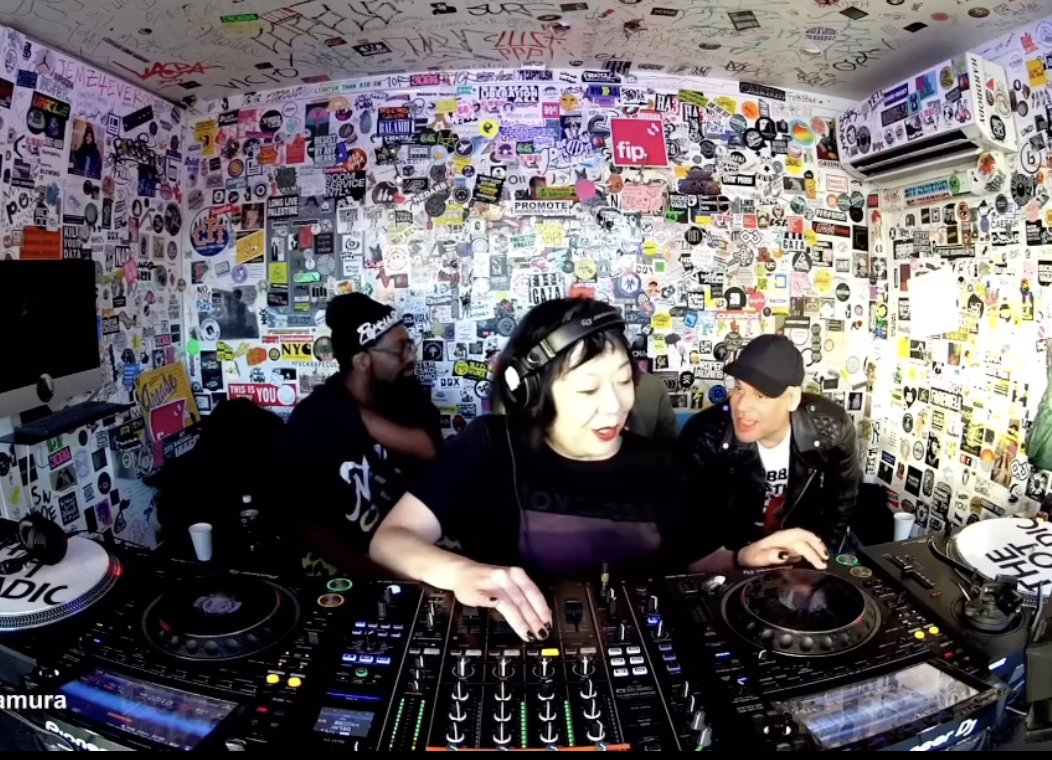Exploring the Evolution of Chinese Horror Games

In retrospect, the early 21st century horror gaming landscape was dominated by influential franchises like Silent Hill, Resident Evil, and Siren or pioneering Japanese titles. Their cinematic narratives and disturbing imagery set the tone for the genre worldwide. In contrast, Chinese-developed horror titles from this period struggle to imprint on collective memory.
The opaque development ecosystem in China partially explains this disparity. Following the establishment of the People's Republic, decrees like the ban on portraying supernatural themes presented obstacles. This edict compelled censorship of overt horrific elements, forcing creators to navigate nebulous boundaries. Conveying an unsettling atmosphere under such constraints became an arduous balancing act.
However, China's nascent game development industry has recently begun cultivating chilling experiences that integrate distinctive aspects of the nation's culture and lore.
Early strides were made in the mobile gaming realm, as constrained hardware necessitated compromise. Dingoo Games' '7Days: Salvation' exemplified technical ingenuity through its optimized 3D engine, ensnaring players with high-quality visuals and engrossing narrative elements.
It was during the gaming industry explosion of the 2010s that Chinese horror games gained broader visibility and acclaim. Title like ‘Paper Dolls' captivated global audiences, establishing Chinese independent developers as creative forces within the Asian horror genre. Their integration of Chinese cultural components catered to local gamer preferences.
This momentum has been sustained into the 2020s through new-wave horror titles from studios like Suzaku and Ghostpie. Their works exhibit nuanced interpretations of Chinese mythology and folklore, combined with unsettling settings like abandoned temples and secluded villages.
For example major developers like Gamera Game are reinvigorating the Chinese horror genre through evocative 2D experiences. Their title Fireworks exemplifies this focus on crafting an unsettling mood over visceral scares.
Fireworks immerses players in a remote mountain town circa 2004. Nostalgic set dressing evokes the simplicity of rural China two decades prior. Liquor stores, modest clinics, photography studios, and train platforms create a palpable sense of isolation.
Yet close inspection reveals uncanny details that compound the ominous atmosphere. Faded movie posters, unpainted brick exteriors, and ever-present landlines signal the technological and economic stagnation of the setting.
This meticulous art direction enables Chinese players, especially those who came of age in the '80s and '90s, to situate themselves within the eerie environment. The haunting power derives not from supernatural shocks, but from the underlying wrongness subtly pervading the mundane town.
Titles like Fireworks signify Chinese developers embracing their unique strengths in the horror realm. By honing dread-filled, explorative experiences grounded in cultural touchstones, they bypass tropes borrowed from foreign horror traditions.
Though mainstream visibility eluded earlier to Chinese horror games, the genre has since flourished through visionary indie studios and thoughtful incorporation of local aesthetics. Early technical restraints necessitated compromise, yet the 2000s planted seeds for future innovation. The 2010s marked a watershed as standout titles won acclaim on global stages. This laid foundations for the atmospheric, culturally-rooted experiences of the 2020s indie renaissance.
By embracing regional themes and sidestepping overused tropes, Chinese developers have firmly established their creative voice. As developers continue to mine this rich vein of horror, the genre's diversity expands.
Text by Jianyun Jan










